
Think of Colombard as the Swiss Army knife of white wines: reliable, versatile, and criminally underappreciated. While everyone’s chasing the latest Sauvignon Blanc trend or falling for Chardonnay’s Hollywood charm, the French Colombard wine has been quietly doing the heavy lifting in the wine industry for centuries. This is the grape that built the foundation of California’s modern wine industry, as a blending grape, and continues to produce some of France’s most refreshing, food-friendly whites at affordable prices that won’t require a second mortgage.
Colombard is a white wine grape variety born from crossbreeding Gouais Blanc with Chenin Blanc. Like many great partnerships, this genetic union created something greater than the sum of its parts. This grape variety combines Chenin Blanc’s structure with Gouais Blanc’s legendary ability to parent noble varieties (think Chardonnay’s lineage).
Originally cultivated as the backbone of Cognac and Armagnac production, Colombard has evolved into a star in its own right. The grape’s primary mission was distillation duty: producing neutral, high-acid base wines perfect for France’s finest brandies. But like a character actor who suddenly gets their own series, Colombard discovered it had more range than anyone imagined.
Colombard wines are predominantly dry, with most examples containing minimal residual sugar. The typical Domaine Guillaman Colombard-Sauvignon blend contains just 7g/L of residual sugar—well below the 18g/L threshold that defines semi-dry wines. This natural dryness, combined with Colombard's signature high acidity, creates wines that taste crisp and refreshing rather than sweet.
The grape's acidic backbone is its superpower, maintaining freshness even in warm climates where other varieties would fall flat. This natural tartness can occasionally benefit from malolactic fermentation to soften the edges and add mouthfeel.
Colombard is viticulture's equivalent of a reliable workhorse: highly productive, disease-resistant, and adaptable to various growing conditions. It was born in Southwest France, and a genetic analysis showed that Colombard results from the crossbreeding of Gouais Blanc with other white grapes, including Chenin Blanc.
Colombard vines produce medium to large, cylindrical clusters with yellowish-green berries that retain their acidic bite even at full ripeness. They are also marked by a characteristic yellow foliage, which makes Colombard vineyards easily identifiable.
The variety thrives in warm Atlantic and Mediterranean climates while showing sensitivity to frost. Its vigorous growth habit requires careful canopy management, and the hard wood makes pruning more challenging than other varieties. However, this resilience has made Colombard a favourite in regions from California's Central Valley to South Africa's Northern Cape.
Colombard’s story begins in the heart of southwest France, specifically the Charente region, where it has been traditionally grown for generations. This white wine grape variety is the result of a historic crossbreeding between two classic grape varieties from central and western France: Gouais Blanc and Chenin Blanc. The union of these two grape varieties endowed Colombard with a natural acidic character and high acidity, making it an ideal candidate for both winemaking and brandy production.
For centuries, Colombard was prized in western France for its role in producing the base wine for Cognac and Armagnac. Its crisp acidity and ability to retain freshness even in warm climates made it the backbone of these world-renowned spirits. Over time, as winemakers recognized the grape’s potential beyond distillation, Colombard began to appear in white wine blends and eventually as a varietal wine in its own right.
The grape’s adaptability led to its spread far beyond its French origins. In California, Colombard was widely planted and became a key player in the state’s wine industry, valued for its ability to produce crisp, refreshing wines even in the heat of the Central Valley. Today, Colombard is found in vineyards across the world, from South Africa to Australia, where it continues to produce a range of wine styles—from lively, aromatic whites to rich, complex blends. Its journey from a workhorse of brandy production to a celebrated white wine grape is a testament to the enduring appeal and versatility of Colombard.
Modern Colombard winemaking prioritizes freshness and aromatics over complexity.
Colombard stands out for producing highly aromatic wines, characterized by fruity, delicate flavours and a natural acidity. In aged examples, it can showcase rich flavours in addition to its aromatic qualities.
Colombard’s high acidity and light body make it a natural partner for delicate dishes.
Colombard’s geographic story reads like a tale of reinvention.
Colombard is a true chameleon among white grape varieties, capable of producing an impressive array of wine styles. In its French homeland, particularly in the Côtes de Gascogne, Colombard is often blended with other grapes, such as Ugni Blanc and Chenin Blanc, to create crisp, refreshing white wines that are perfect for everyday enjoyment. These blends are celebrated for their lively acidity, bright fruit flavours, and easy-drinking appeal.
As a blending grape, Colombard brings a burst of freshness and a zesty lift to both still and sparkling wines. In California, winemakers frequently use Colombard to add acidity and aromatic intensity to blends, ensuring the wines remain vibrant and food-friendly. While it often plays a supporting role, Colombard is also bottled as a varietal wine, where its highly aromatic flavours—think green apple, sweet melon, and citrus—take center stage.
Colombard’s versatility shines in a range of wine styles, from the classic Bordeaux blends to the approachable Vin de France bottlings. Whether blended or enjoyed on its own, Colombard consistently delivers crisp, refreshing flavours and a clean, invigorating finish, making it a favourite among those who appreciate lively, aromatic white wines.
Serve Colombard chilled between 45°F and 55°F (7–12°C) to showcase its crisp aromatics. Unlike fuller-bodied whites, Colombard doesn’t require extended chilling time—30 minutes in the refrigerator suffices.
Store bottles in cool, dark conditions between 50°F and 59°F (10–15°C). Unlike age-worthy wines, Colombard is best consumed within 1–3 years of vintage to preserve its fresh, youthful character. The wine’s high acidity provides natural preservation, but extended cellaring won’t improve the wine’s quality. Colombard is not intended for long-term cellar storage, as it is best enjoyed young.
For short-term storage, a standard refrigerator is sufficient, although wine-specific storage maintains optimal conditions. Avoid temperature fluctuations and direct sunlight, which can damage the wine’s delicate aromatics.
Colombard and Sauvignon Blanc are often mentioned together, and for good reason: both deliver crisp acidity and refreshing herbal notes. Yet, subtle differences in aromatics, food pairing flexibility, and price position Colombard as a softer, more approachable alternative.
Colombard production increasingly embraces sustainable viticulture practices. Many leading producers, including Domaine de Cassagnoles, maintain HVE (Haute Valeur Environnementale) certification. This comprehensive approach addresses soil health, biodiversity, plant protection strategies, and water management.
The variety's natural disease resistance reduces the need for chemical interventions, making organic conversion more feasible. Colombard's adaptability to various soil types and climates also supports sustainable farming by reducing inputs needed for successful cultivation.
Water efficiency represents a particular strength, as Colombard maintains quality production with minimal irrigation in appropriate climates. This characteristic becomes increasingly valuable as climate change challenges traditional viticulture practices globally.
Colombard, a grape traditionally used for distilling cognac and brandy production, now deserves recognition as one of wine's great value propositions. Like a perfectly executed supporting actor, it delivers consistent quality without demanding attention or premium pricing. In an era where wine consumers seek authenticity and value over hype, Colombard offers both in abundance.
The variety's journey from brandy base to standalone wine mirrors broader industry trends toward the discovery and appreciation of lesser-known grapes. As wine drinkers become more adventurous and price-conscious, Colombard represents an ideal entry point for exploring French wine culture without intimidation or excessive cost.
For producers and consumers alike, Colombard offers a sustainable path forward—environmentally responsible farming practices meet accessible pricing, creating wines that satisfy both conscience and palate. In a world increasingly focused on authenticity over prestige, Colombard might just be the hero we've been waiting for.

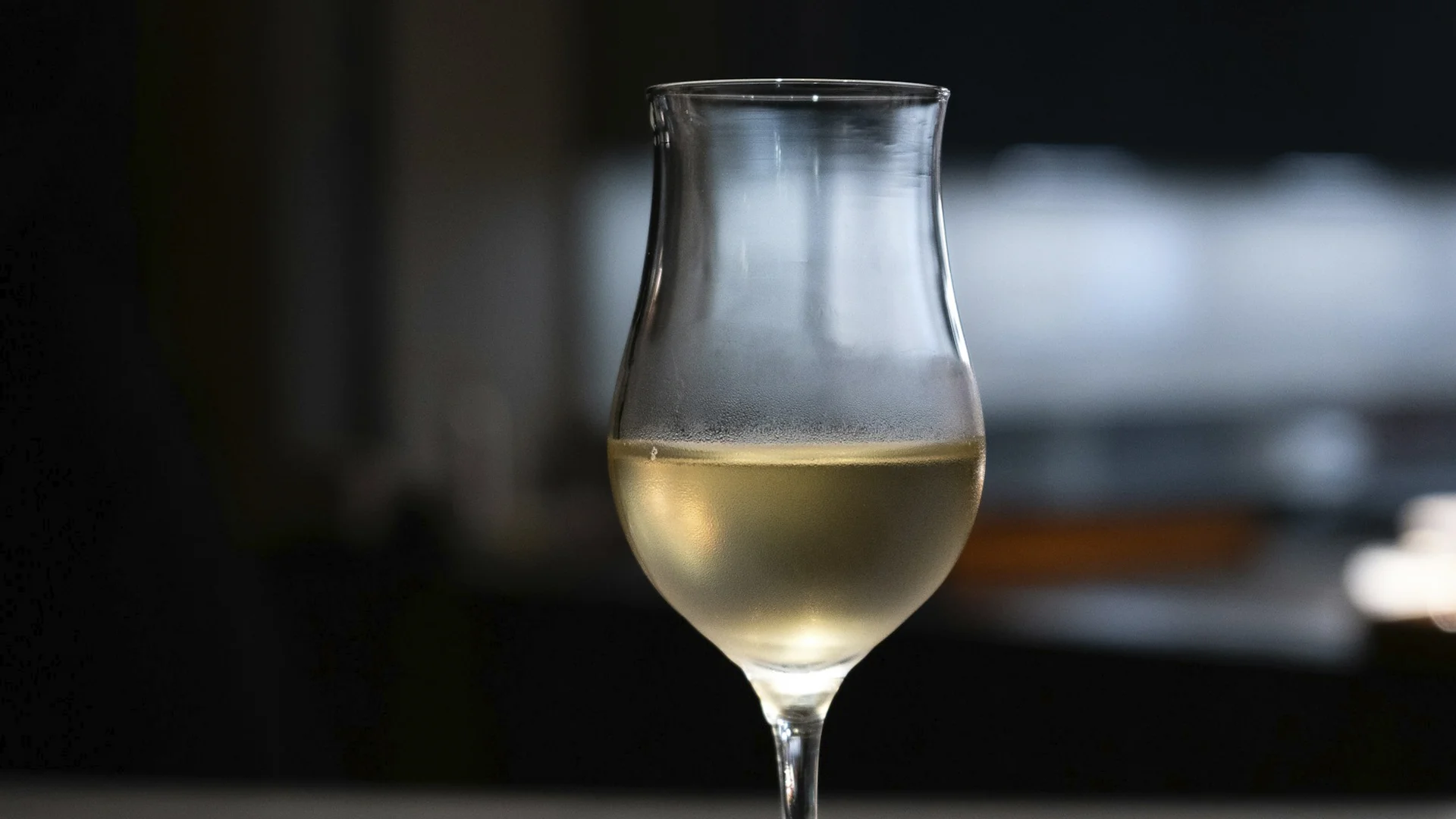





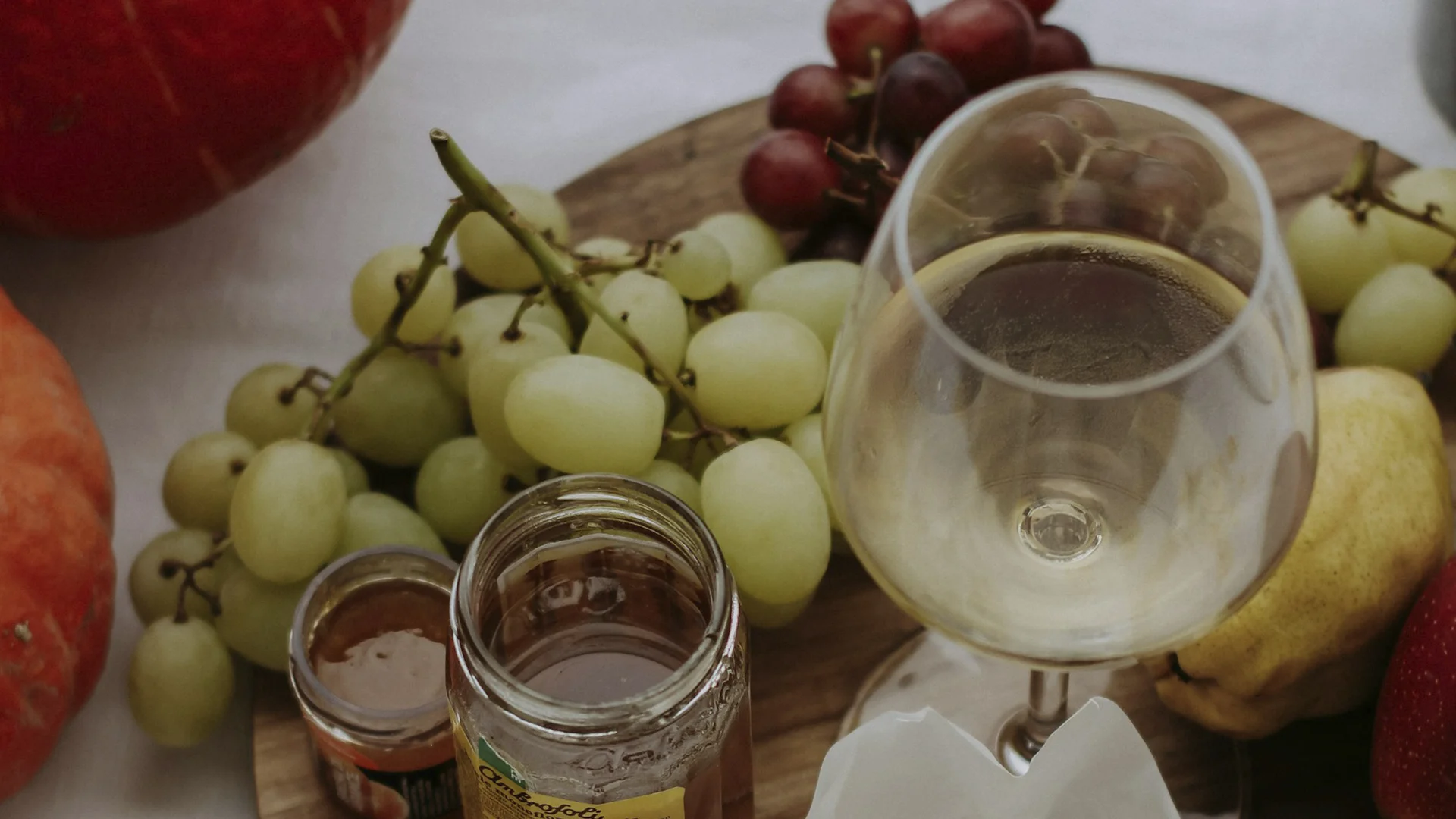







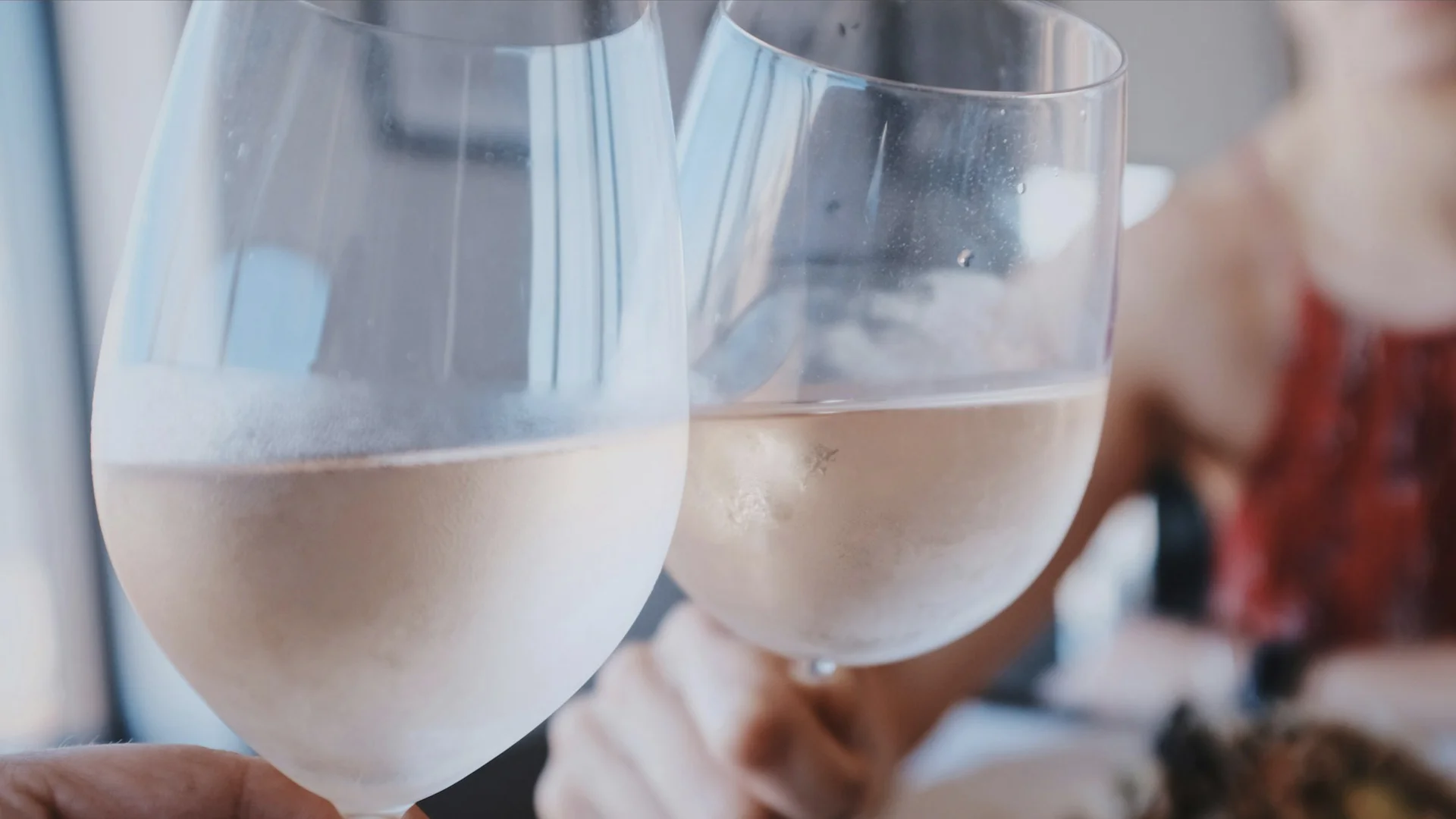

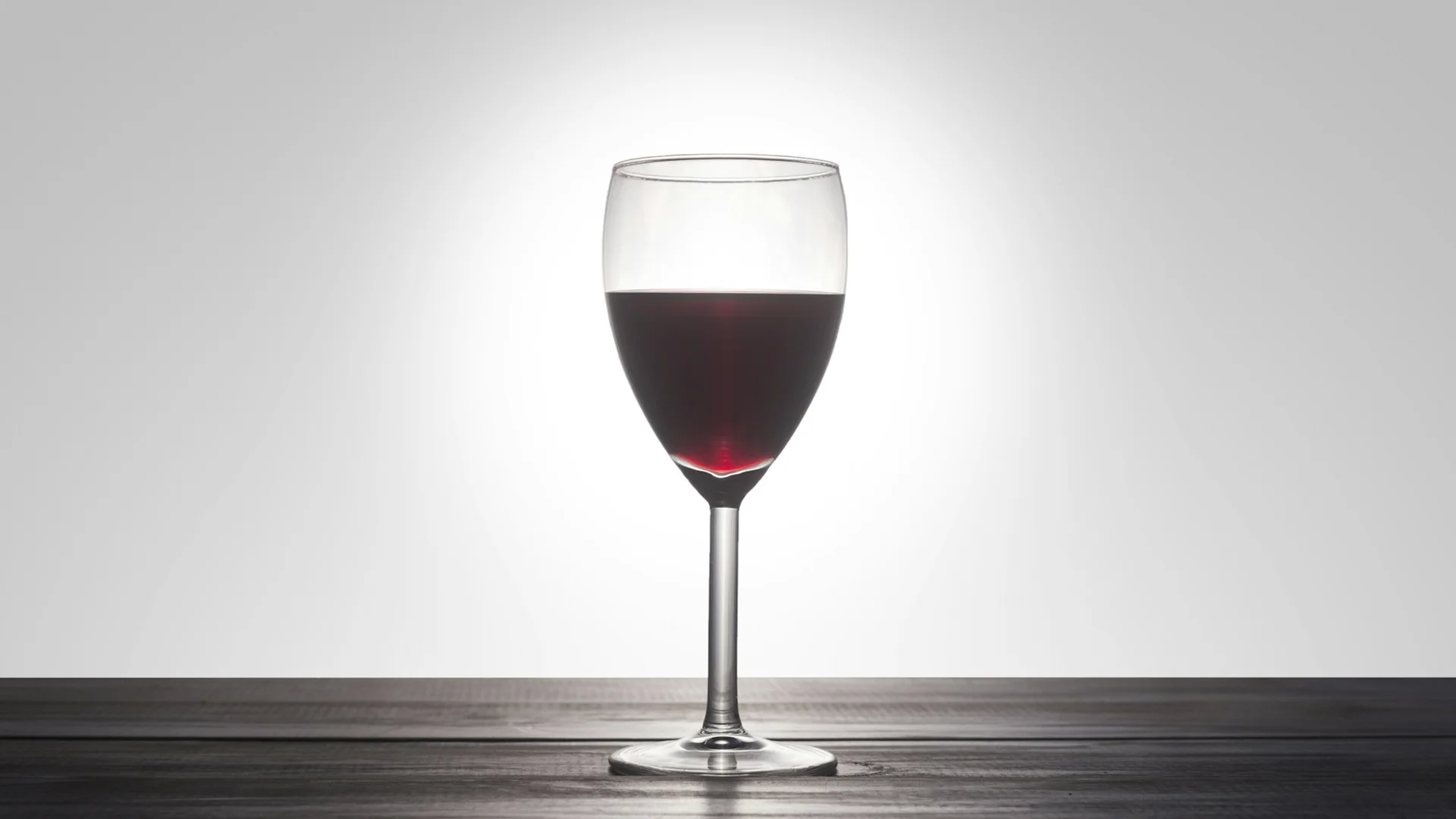


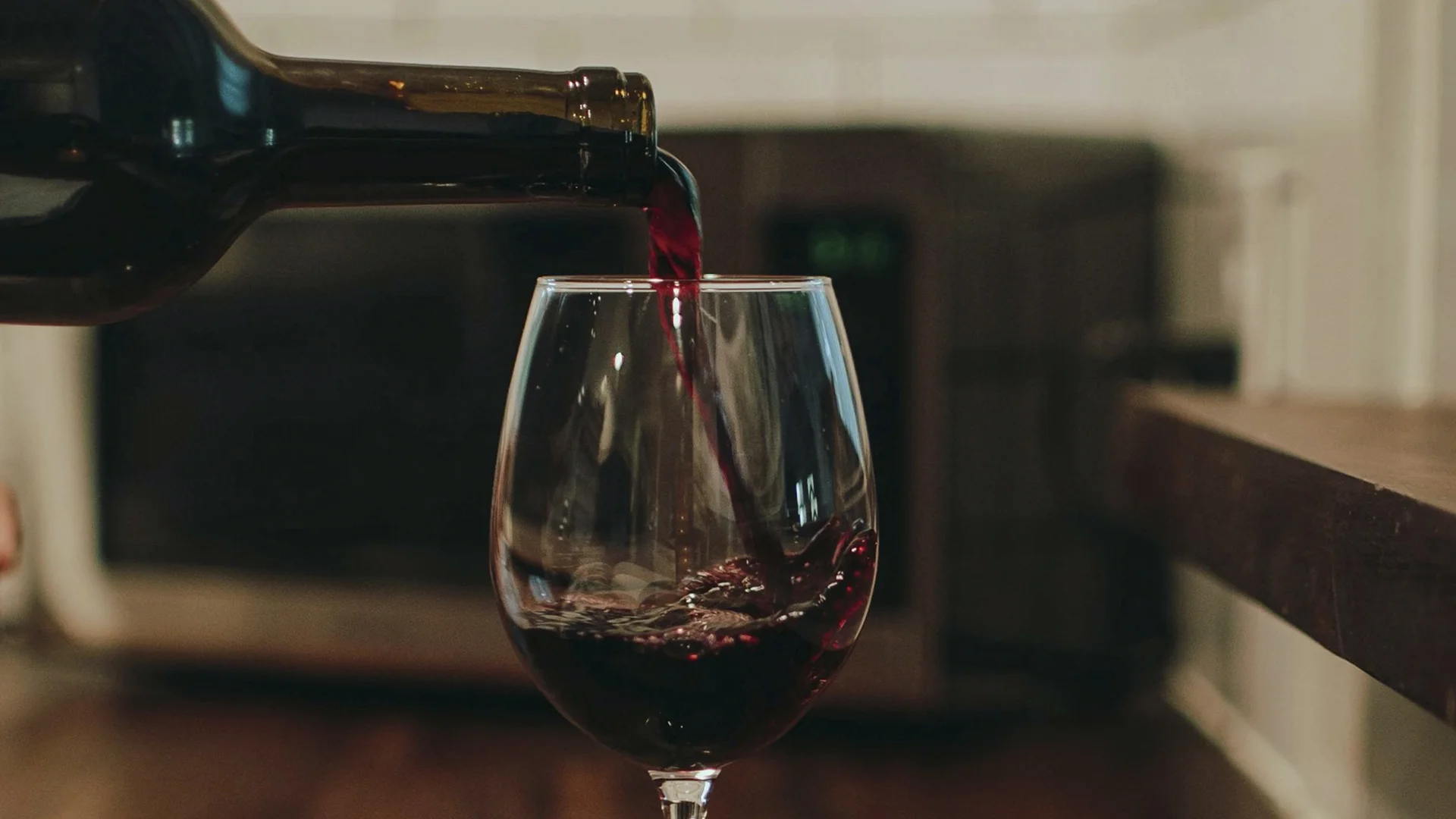
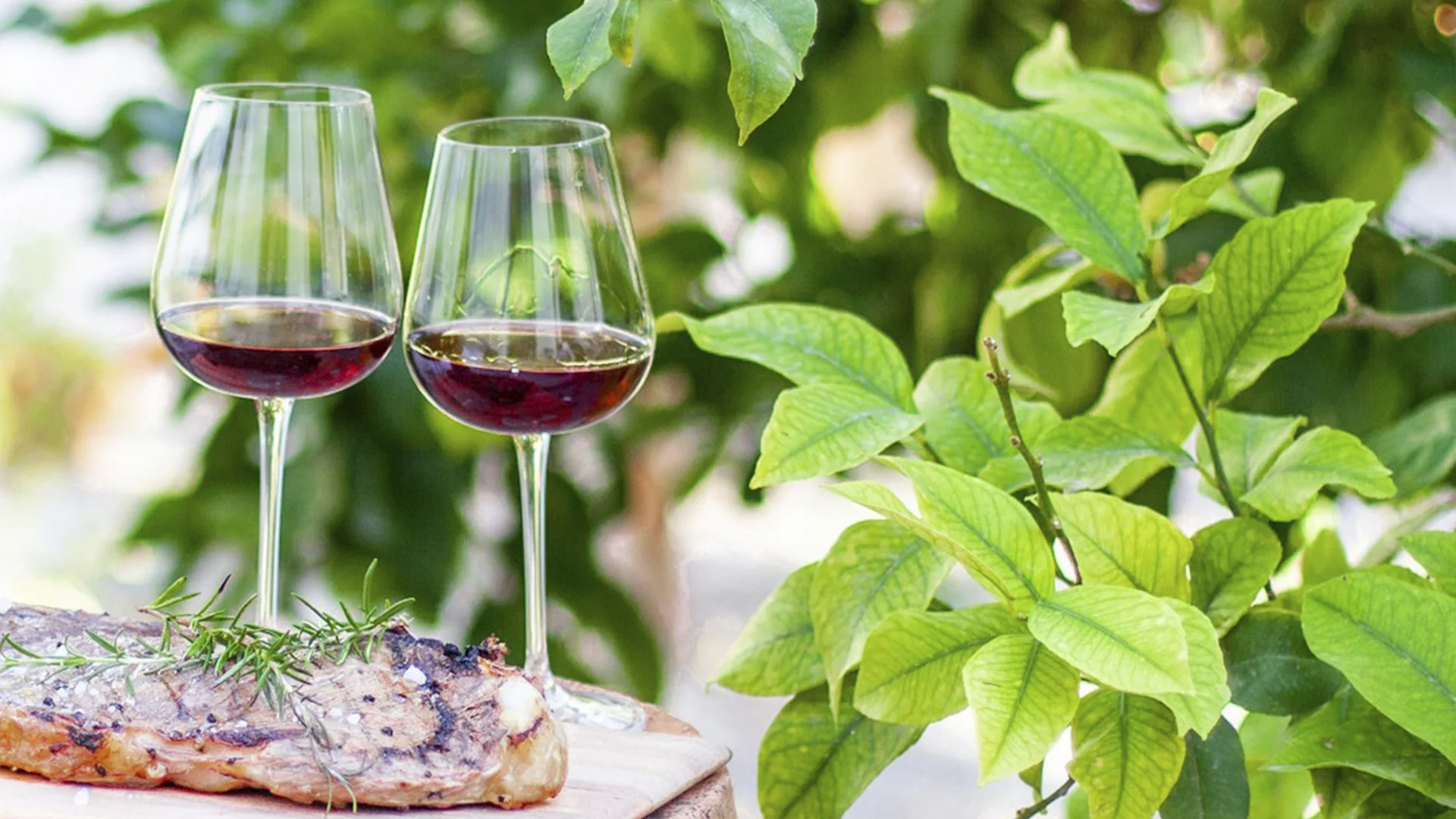

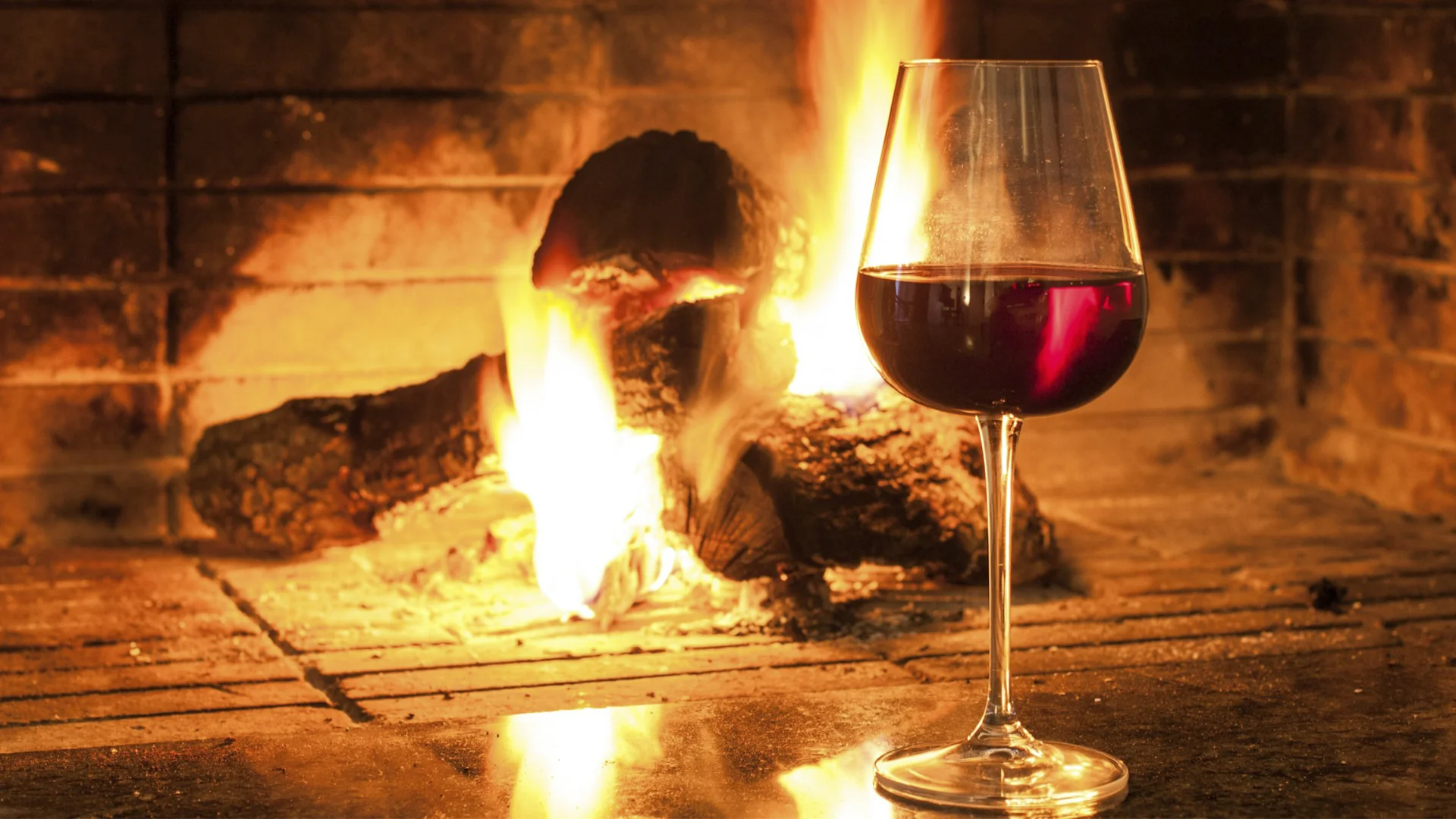



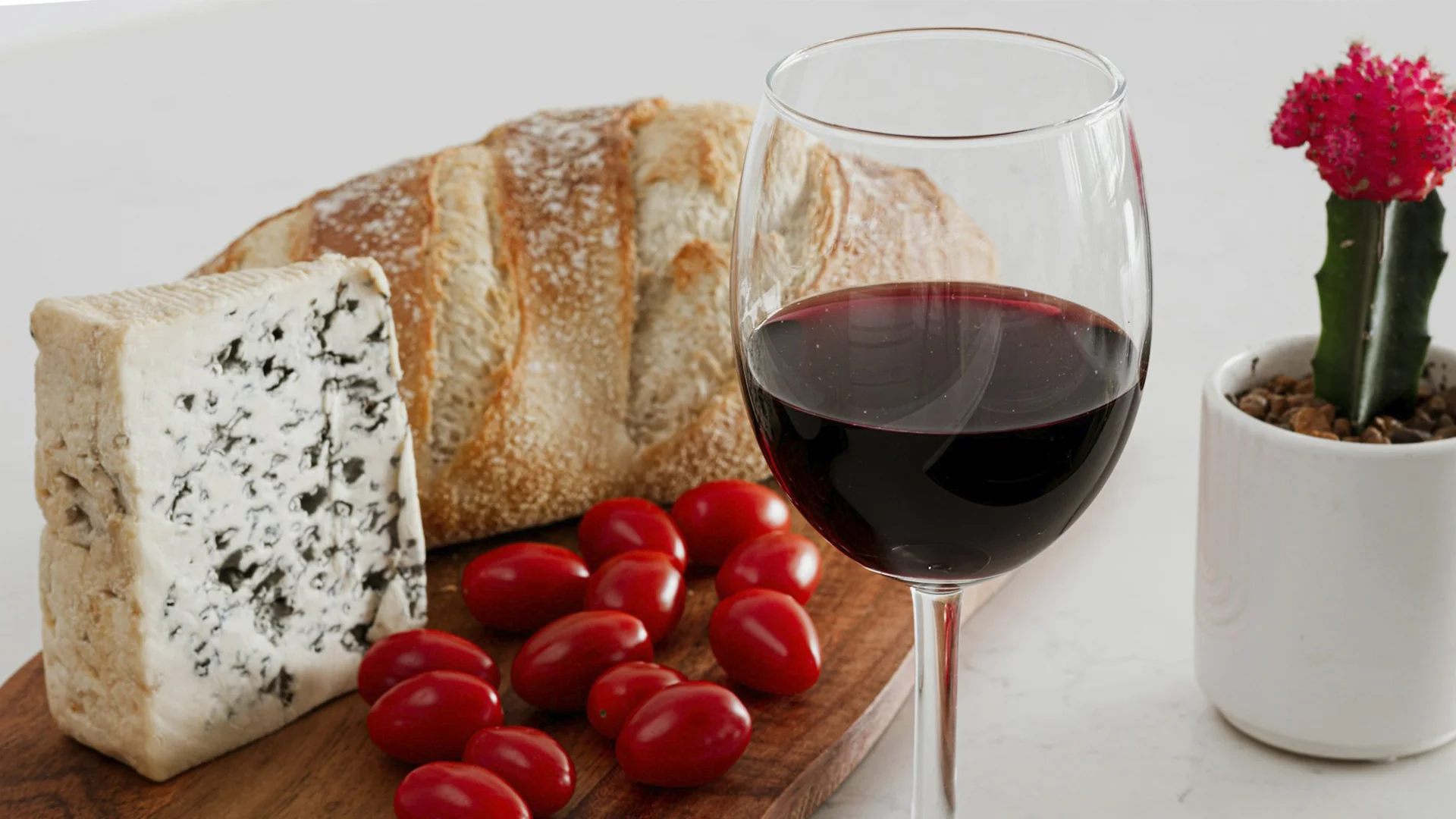




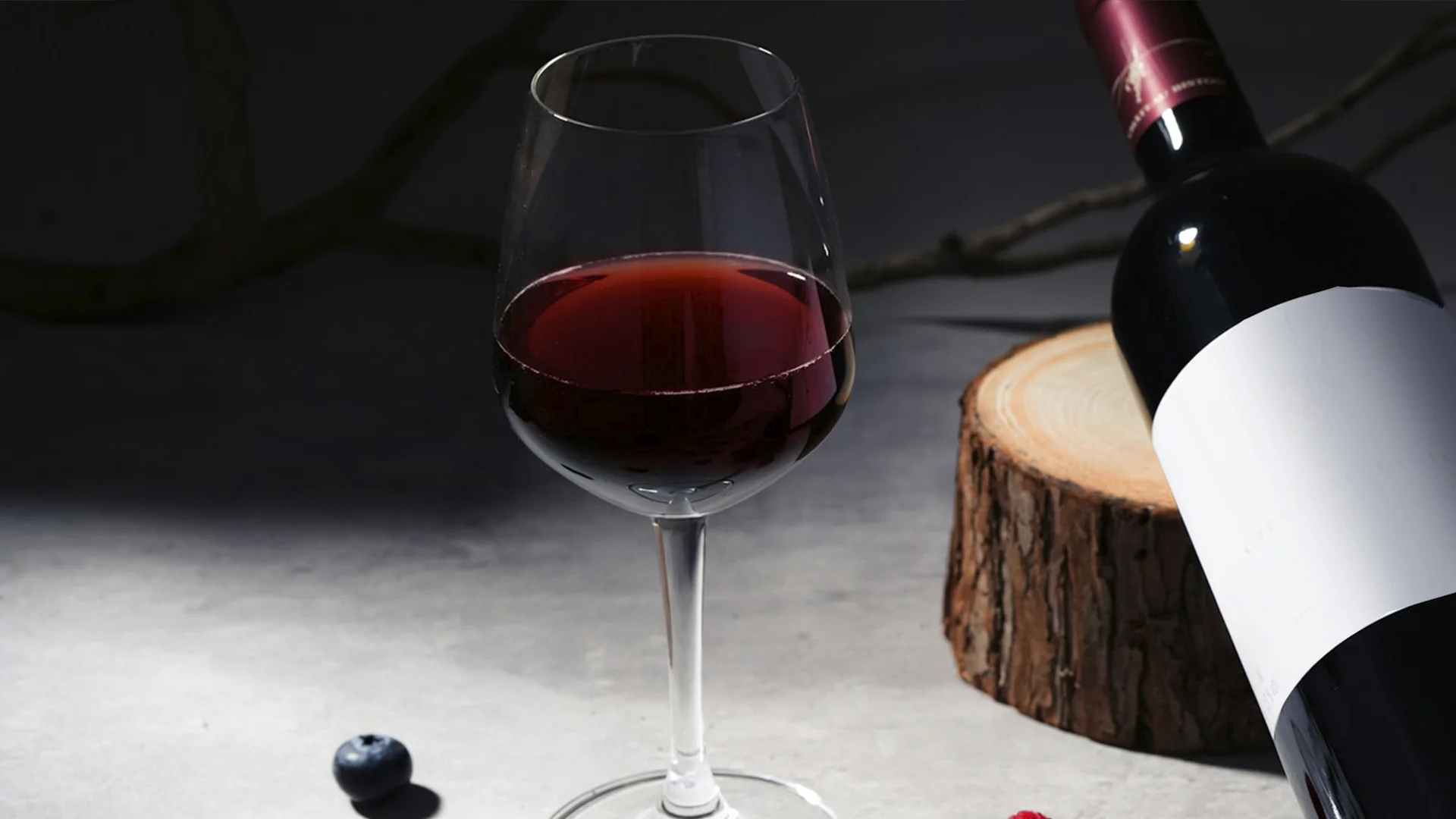
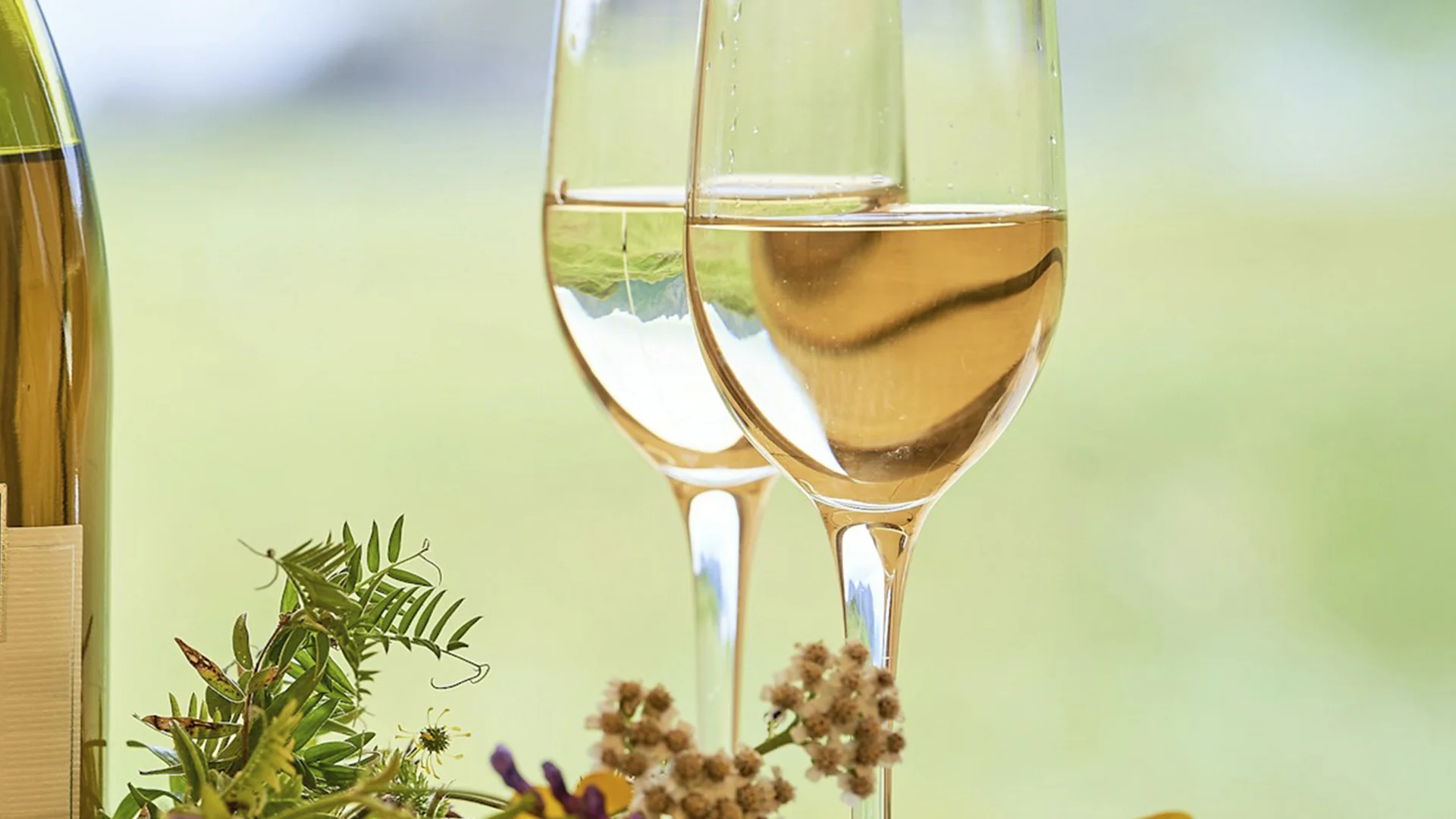
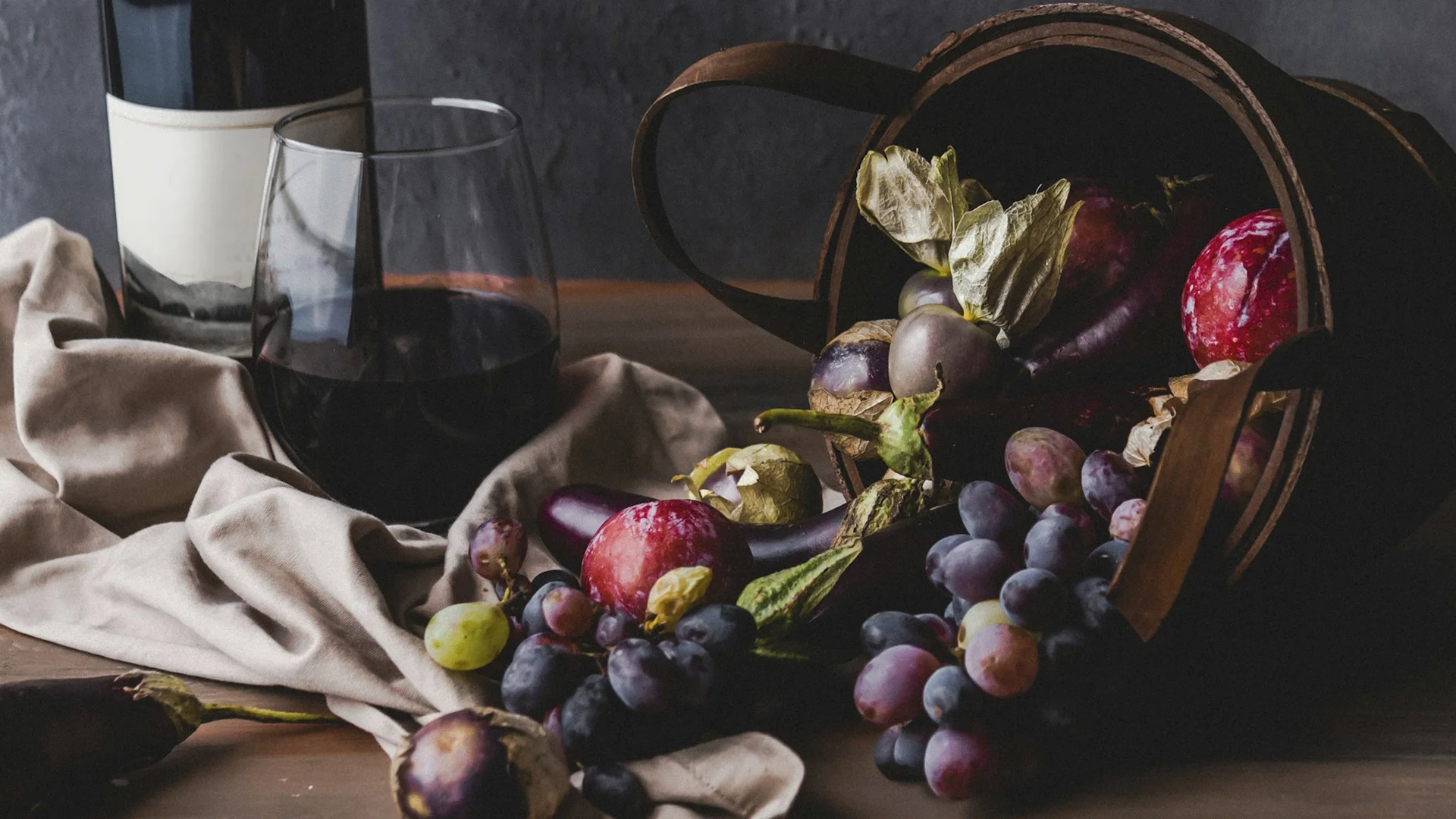
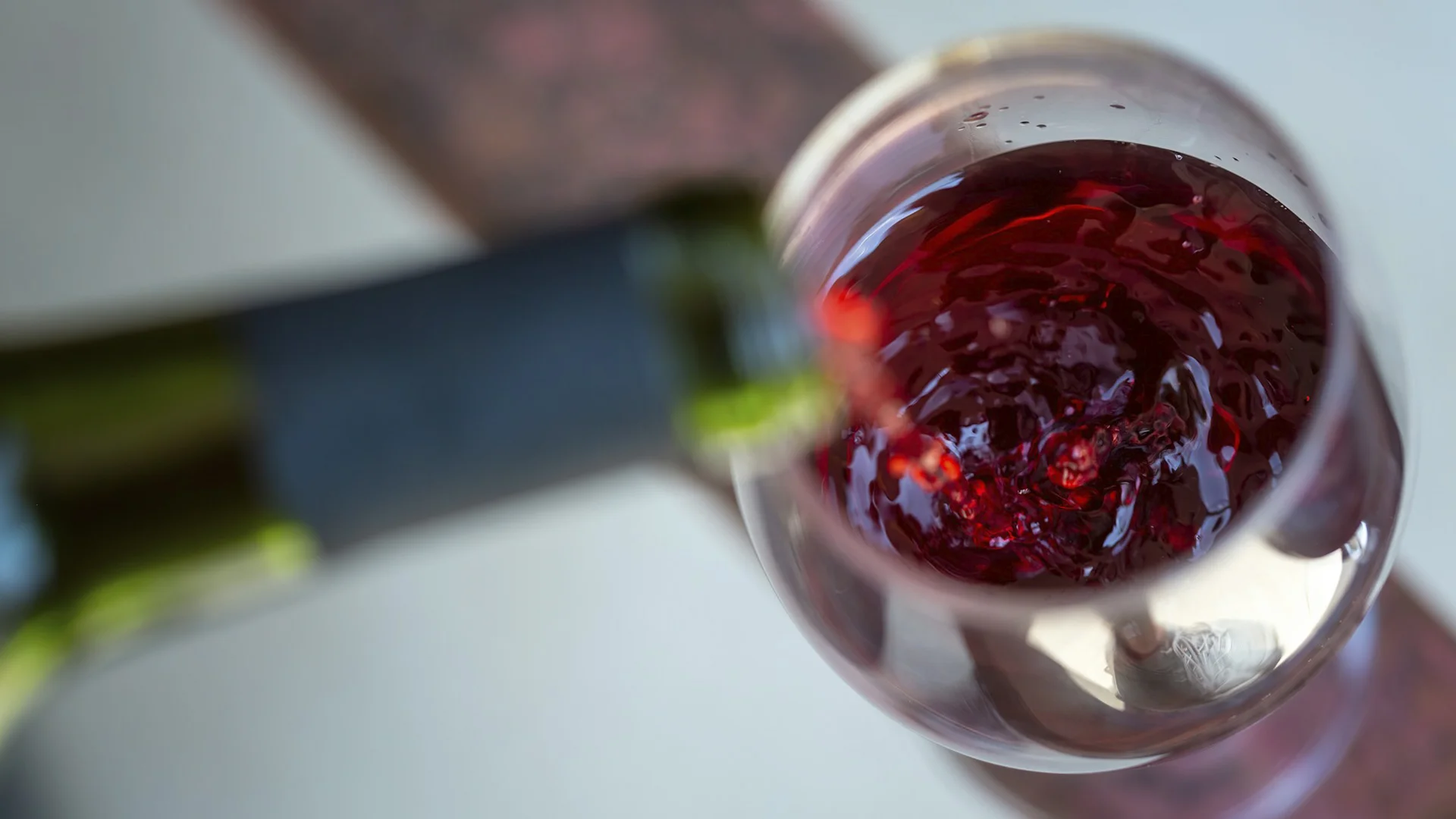
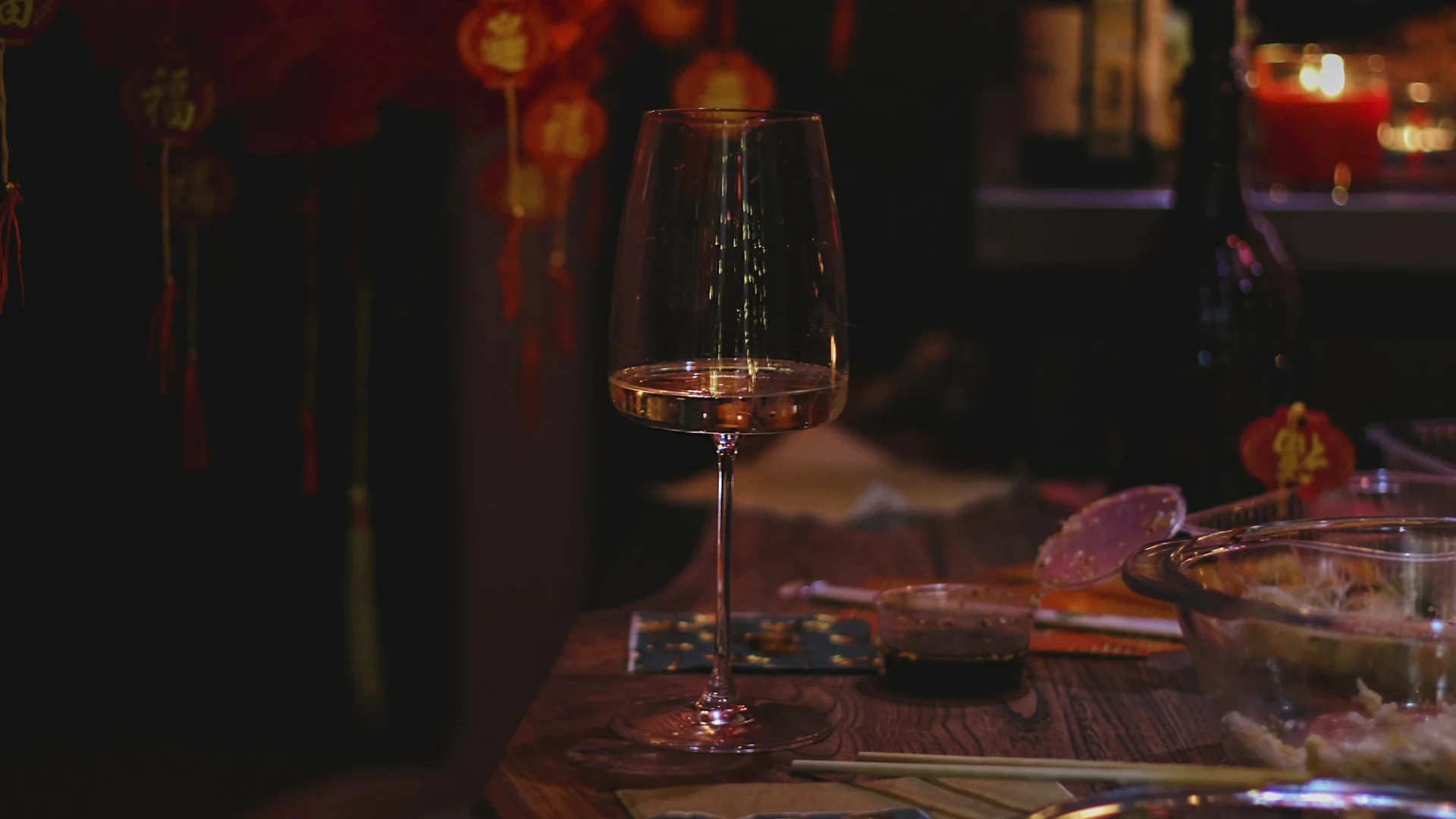






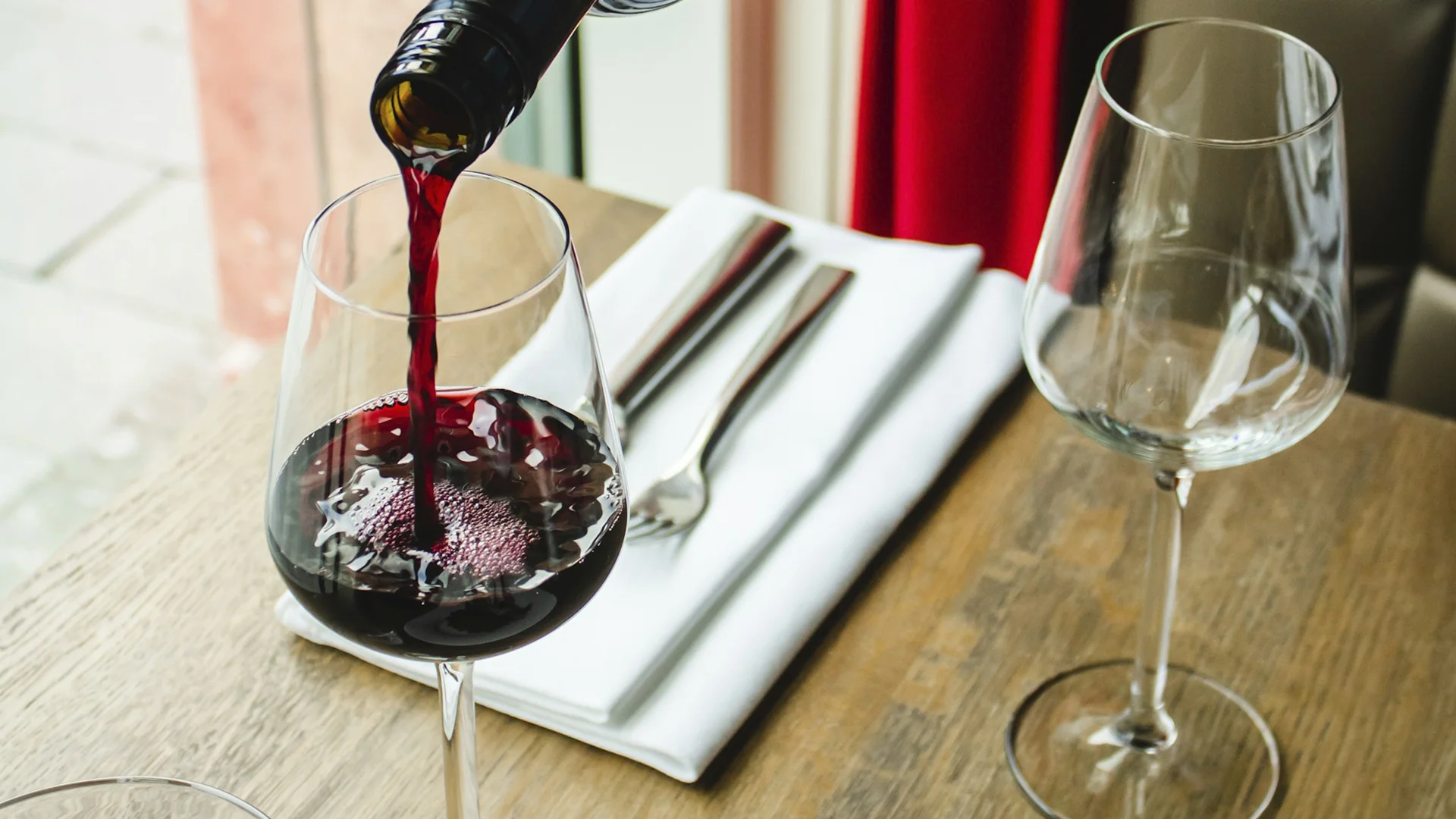












.webp)

.webp)
.webp)
.webp)



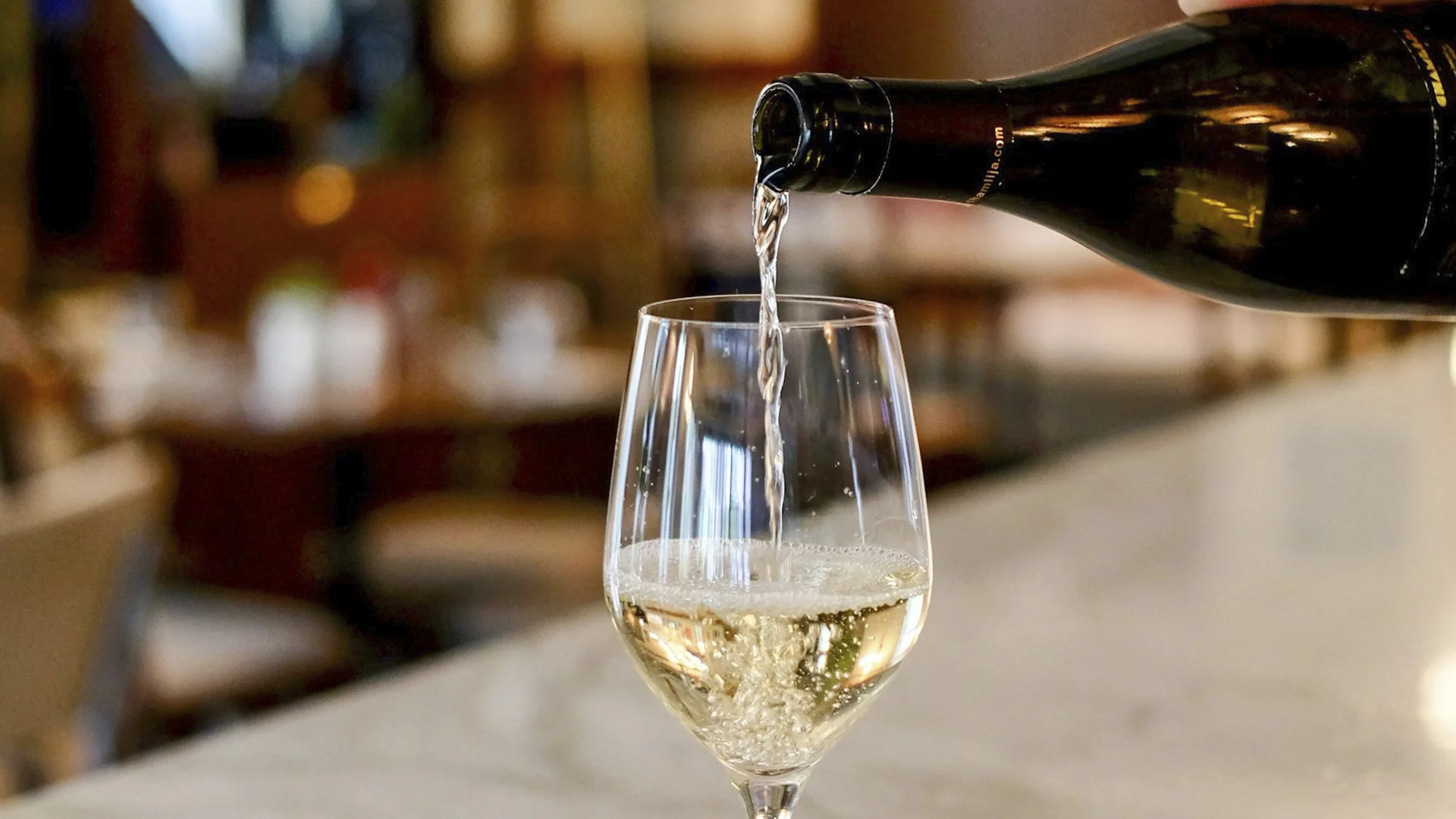


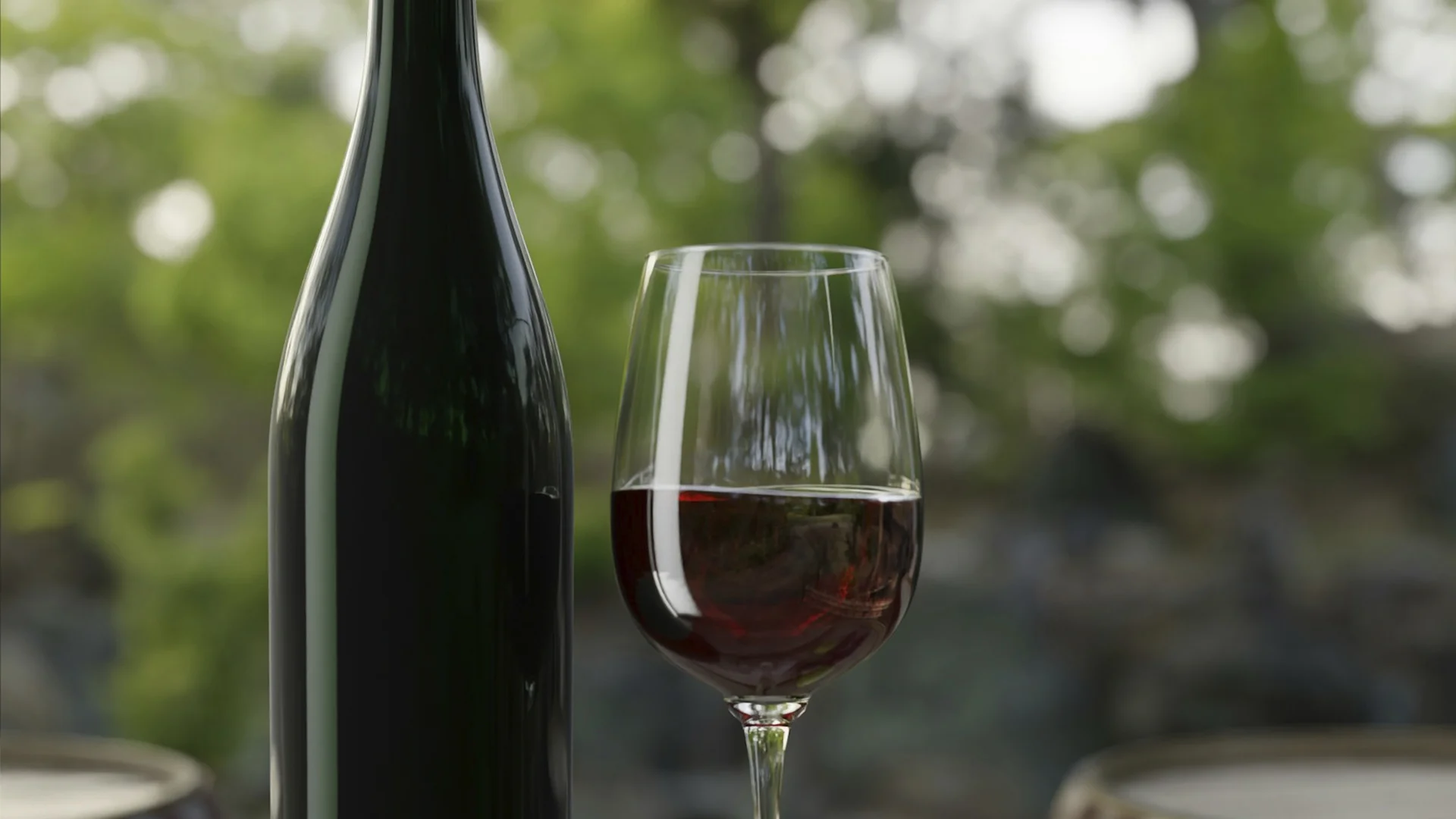



















.webp)













Are you interested in
collaborating with us?